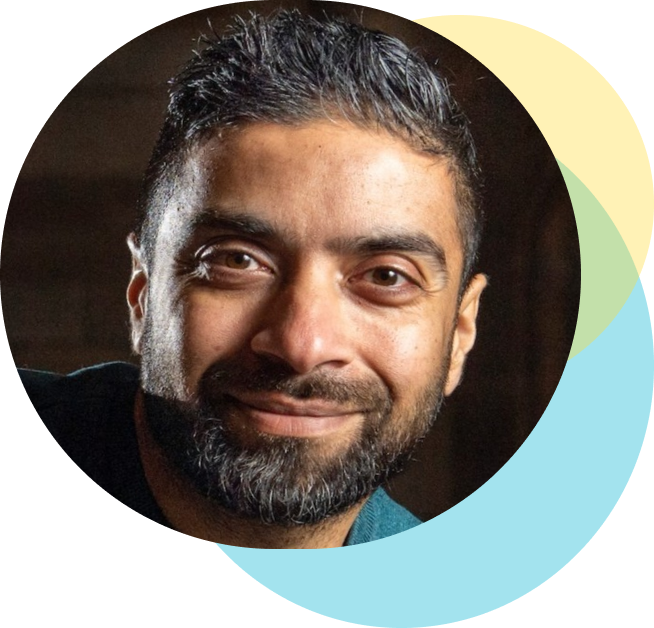Origin Story

GUSS began as a University of Glasgow Computing Science undergraduate final year project by Omar Tufayl, supervised by Tim Storer and advised by Jill Dykes. An extensive study was made of software engineering research literature related to evaluating and bridging the gap between academic learning for software engineers and real-world requirements of industry.
An opportunity to augment students learning and experience of designing, building, deploying and maintaining software systems through real-world projects was implemented with the first few projects for GUSS being managed and successfully delivered by Omar and teams of student software engineers. GUSS has gone from strength to strength ever since and continues to provide students with much needed hands-on skills before entering the world of work, having already successfully navigated many of the complexities of delivering software.

Further Reading
University of Glasgow, School of Computing Science, Honours Individual Project Dissertation – Student Skills & Experience Exchange by Omar Tufayl
“This work investigates the opportunity to allow students to exchange technical skills for work experience from real-world customers with a view to enhancing their theoretical knowledge through practical applications.”
Examining Transition and Integration of Graduate Apprentice Software Engineers through Onboarding
“GUSS builds on and improves key aspects that facilitate students from being software engineering learners to practitioners. This is achieved specifically through their initial orientation and initiation in software projects, agile software development methodologies, codebase understanding, review and documentation, requirements gathering and management, team dynamics and support networks, knowledge training and sharing, all which accelerate students being able to contribute meaningfully to projects. This research study evaluates these aspects through previous literature and documenting student software engineer experiences in the workplace, making several recommendations for continued improvement.”